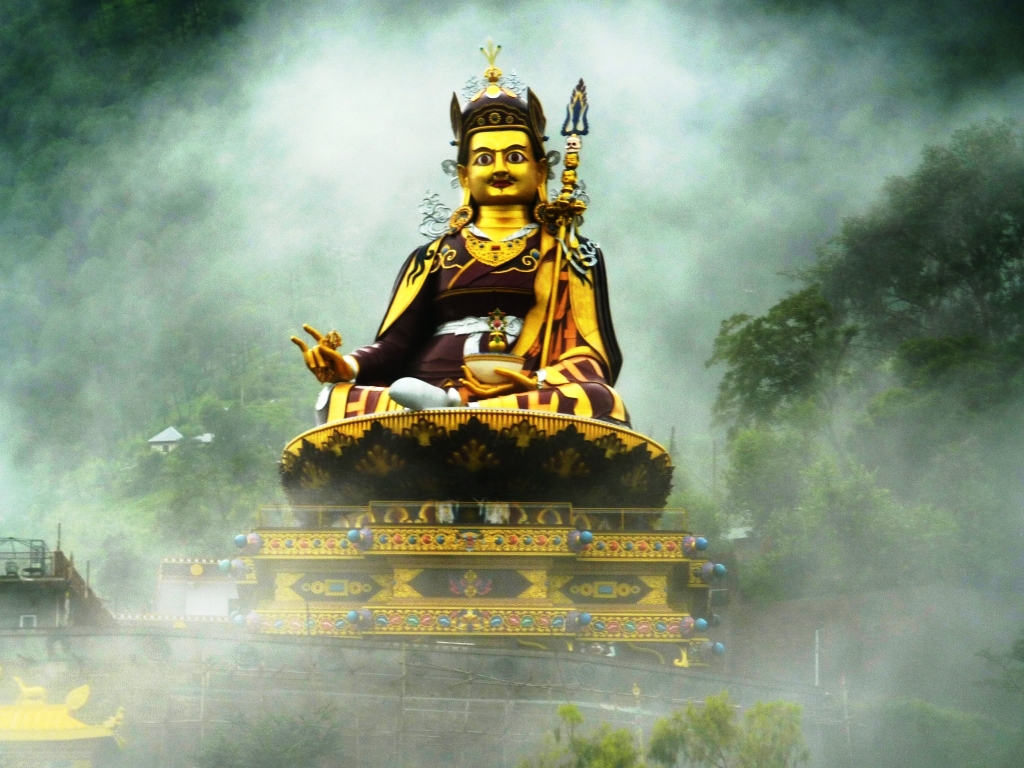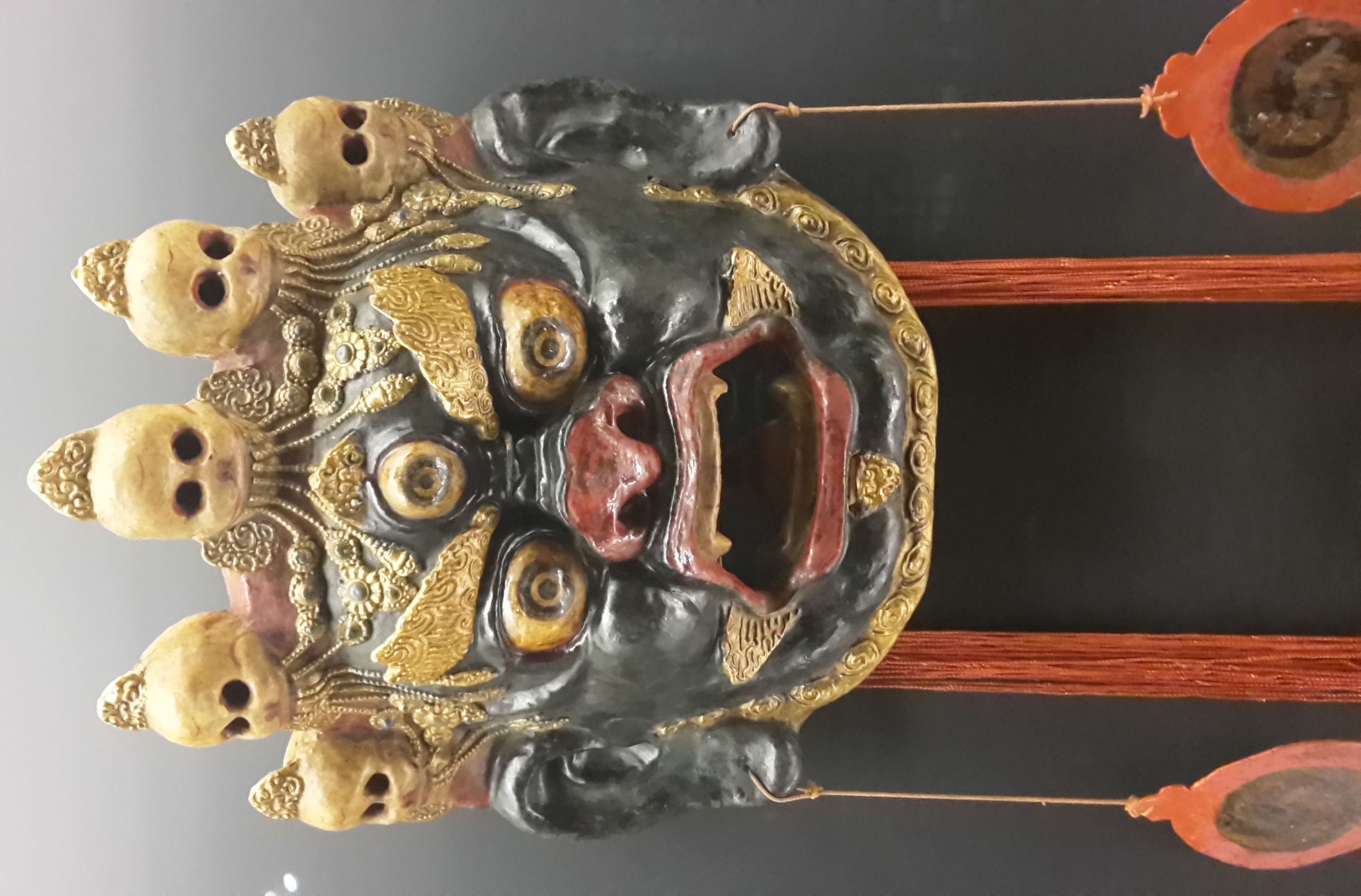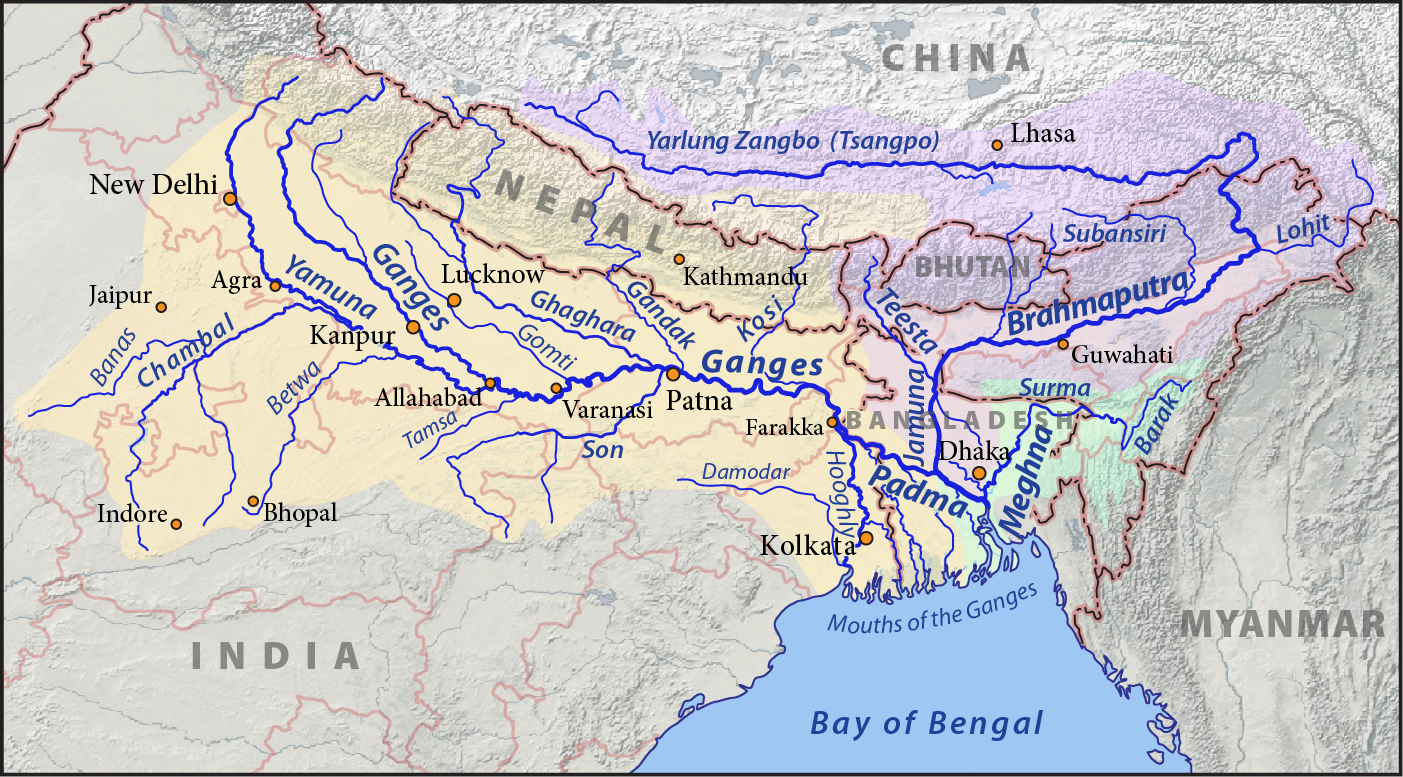|
Iṣṭha-devatā (Buddhism)
A ''yidam'' or ''iṣṭadevatā'' is a meditational deity that serves as a focus for meditation and spiritual practice, said to be manifestations of Buddhahood or enlightened mind. Yidams are an integral part of Vajrayana, including Tibetan Buddhism, Chinese Esoteric Buddhism and Shingon, which emphasize the use of esoteric practices and rituals to attain enlightenment more swiftly. The yidam is one of the Three Roots, three roots of the Refuge (Buddhism), inner refuge formula and is also the key element of deity yoga. Yidam is sometimes translated by the term "tutelary deity". A yidam is considered to be a manifestation of enlightened qualities and a means to connect with specific aspects of the enlightened mind. The yidam is visualized during meditation in intricate detail, with the aim of internalizing its qualities and attributes. This practice is intended to facilitate the practitioner's transformation and realization of their own innate enlightened nature. It is belie ... [...More Info...] [...Related Items...] OR: [Wikipedia] [Google] [Baidu] |
Deity
A deity or god is a supernatural being considered to be sacred and worthy of worship due to having authority over some aspect of the universe and/or life. The ''Oxford Dictionary of English'' defines ''deity'' as a God (male deity), god or goddess, or anything revered as divine. C. Scott Littleton defines a deity as "a being with powers greater than those of ordinary humans, but who interacts with humans, positively or negatively, in ways that carry humans to new Higher consciousness, levels of consciousness, beyond the grounded preoccupations of ordinary life". Religions can be categorized by how many deities they worship. Monotheism, Monotheistic religions accept only one deity (predominantly referred to as "God"), whereas Polytheism, polytheistic religions accept multiple deities. Henotheism, Henotheistic religions accept one God, supreme deity without denying other deities, considering them as aspects of the same divine principle. Nontheistic religions deny any supreme eter ... [...More Info...] [...Related Items...] OR: [Wikipedia] [Google] [Baidu] |
Mandala
A mandala (, ) is a geometric configuration of symbols. In various spiritual traditions, mandalas may be employed for focusing attention of practitioners and adepts, as a spiritual guidance tool, for establishing a sacred space and as an aid to meditation and trance induction. In the Eastern religions of Hinduism, Buddhism, Jainism and Shinto it is used as a map representing deities, or especially in the case of Shinto, paradises, kami or actual shrines. Hinduism In Hinduism, a basic mandala, also called a '' yantra'', takes the form of a square with four gates containing a circle with a centre point. Each gate is in the general shape of a T. Mandalas often have radial balance. A '' yantra'' is similar to a mandala, usually smaller and using a more limited colour palette. It may be a two- or three-dimensional geometric composition used in '' sadhanas'', puja or meditative rituals, and may incorporate a mantra into its design. It is considered to represent the abode ... [...More Info...] [...Related Items...] OR: [Wikipedia] [Google] [Baidu] |
Mindstream
Mindstream (Pali: ''citta-santāna'', Sanskrit: ''citta-saṃtāna;'' Ch: ''xin xiangxu'' 心相續) in Buddhist philosophy is the moment-to-moment continuum of sense impressions and mental phenomena ( citta), which is also described as continuing from one life to another. Often described as a "stream of mind" or "mental continuum," the mindstream is not a static entity but a dynamic flow of arising and passing mental phenomena, which refers as a string of passing moments that happen either in the same lifetime or in the transitional period between one life and another.Buswell, Robert E; Lopez, Donald S. ''The Princeton Dictionary of Buddhism,'' p. 196. Princeton University Press, Nov 24, 2013. Definition ' (Sanskrit), literally "the stream of mind", is the continuum, succession, or flow of succeeding moments of mind or awareness. Similarly, the mindstream is the ongoing flow of conscious experience, even though each individual moment of consciousness ceases as the next arises. I ... [...More Info...] [...Related Items...] OR: [Wikipedia] [Google] [Baidu] |
Nonduality (spirituality)
Nondualism includes a number of philosophical and spiritual traditions that emphasize the absence of fundamental duality or separation in existence. This viewpoint questions the boundaries conventionally imposed between Self, self and other, mind-body dualism, mind and body, Subject and object (philosophy), observer and observed, and other dichotomies that shape our perception of reality. As a field of study, nondualism delves into the concept of nonduality and the state of nondual awareness, encompassing a diverse array of interpretations, not limited to a particular cultural or religious context; instead, nondualism emerges as a central teaching across various belief systems, inviting individuals to examine reality beyond the confines of dualistic thinking. Nondualism emphasizes direct experience as a path to understanding. While Intellectualism, intellectual comprehension has its place, nondualism emphasizes the Spiritual transformation, transformative power of firsthand e ... [...More Info...] [...Related Items...] OR: [Wikipedia] [Google] [Baidu] |
Tenzin Palmo
Jetsunma Tenzin Palmo (born 1943) is a bhikṣuṇī in the Drukpa Kagyu lineage of the Kagyu school of Tibetan Buddhism. She is an author, teacher and founder of the Dongyu Gatsal Ling Nunnery in Himachal Pradesh, India. She is best known for being one of the very few Western yoginis trained in the East, having spent twelve years living in a remote cave in the Himalayas, three of those years in strict meditation retreat. Vicki Mackenzie, who wrote ''Cave in the Snow'' about her, relates that what inspired the writing of the book was reading Tenzin Palmo's statement to a Buddhist magazine that "I have made a vow to attain Enlightenment in the female form - no matter how many lifetimes it takes". Early life Jetsunma Tenzin Palmo was born Diane Perry in Woolmers Park, Hertfordshire, England, on 30 June 1943. Although spiritualist meetings were held in her childhood home, she realised at the age of 18 that she was a Buddhist when she read a library book on the subject. She mov ... [...More Info...] [...Related Items...] OR: [Wikipedia] [Google] [Baidu] |
Judith Simmer-Brown
Judith Simmer-Brown is a Distinguished Professor of Contemplative and Religious Studies Emerita at Naropa University. She has expertise in Tibetan Buddhism, Women and Buddhism, Buddhist-Christian dialogue, Western Buddhism and Contemplative Education. She is an acharya — a senior Buddhist teacher — in the Shambhala Buddhist tradition and was a senior student of Chögyam Trungpa Rinpoche. She serves on the board of the Society of Buddhist-Christian Studies, and is on the steering committee of the Contemplative Studies Group of the American Academy of Religion. Previously she was a member of the Lilly Buddhist-Christian Theological Encounter. Life She was raised as a minister's daughter in Nebraska, and graduated from Cornell College in Iowa (BA History and Religion); Florida State University (MA Religious Studies); and Columbia University Religious Studies, ABD. After studying at University of British Columbia in Buddhist Studies, she received her PhD from Walde ... [...More Info...] [...Related Items...] OR: [Wikipedia] [Google] [Baidu] |
Padmasambhava
Padmasambhava ('Born from a Lotus'), also known as Guru Rinpoche ('Precious Guru'), was a legendary tantric Buddhist Vajracharya, Vajra master from Oddiyana. who fully revealed the Vajrayana in Tibet, circa 8th – 9th centuries... He is considered an emanation or Nirmāṇakāya of Gautama Buddha, Shakyamuni Buddha as foretold by the Buddha himself. According to early Tibetan sources including the ''Testament of Ba'', he came to Tibet in the 8th century and designed Samye Monastery, the first Buddhist monastery in Tibet during the reign of King Trisong Detsen. He, the king, and Khenpo Shantarakshita are also responsible for creating the Tibetan canon, Tibetan Canon through translating all of the Buddha's teachings and their commentaries into the Tibetan language. According to Lewis Doney, while his historical authenticity was questioned by earlier Tibetology, Tibetologists, it is now "cautiously accepted.” Padmasambhava himself was recorded as saying he was an historical per ... [...More Info...] [...Related Items...] OR: [Wikipedia] [Google] [Baidu] |
Dharma Protector
A ''dharmapāla'' is a type of wrathful god in Buddhism. The name means "''dharma'' protector" in Sanskrit, and the ''dharmapālas'' are also known as the Defenders of the Justice (Dharma), or the Guardians of the Law. There are two kinds of ''dharmapala'', Worldly Guardians (''lokapala'') and Wisdom Protectors (''jnanapala''). Only Wisdom Protectors are enlightened beings. Description A protector of Buddhist dharma is called a ''dharmapala''. They are typically wrathful deities, depicted with terrifying iconography in the Mahayana and tantric traditions of Buddhism. The wrathfulness is intended to depict their willingness to defend and guard Buddhist followers from dangers and enemies. The '' Aṣṭagatyaḥ'' (the eight kinds of nonhuman beings) is one category of ''dharmapālas'', which includes the Garuda, Deva, Naga, Yaksha, Gandharva, Asura, Kinnara, and Mahoraga. In Vajrayana iconography and thangka depictions, ''dharmapala'' are fearsome beings, often with many ... [...More Info...] [...Related Items...] OR: [Wikipedia] [Google] [Baidu] |
Dakini
A ḍākinī (; ; ; ; alternatively 荼枳尼, ; 荼吉尼, ; or 吒枳尼, ; Japanese: 荼枳尼 / 吒枳尼 / 荼吉尼, ''dakini'') is a type of goddess in Hinduism and Buddhism. The concept of the ḍākinī somewhat differs depending on the context and the tradition. For example, in earlier Hindu texts and East Asian esoteric Buddhism, the term denotes a race of demonesses who ate the flesh and/or vital essence of humans. In Hindu Tantric literature, Ḍākinī is the name of a goddess often associated with one of the six chakras or the seven fundamental elements ('' dhātu'') of the human body. In Nepalese and Tibetan Buddhism, meanwhile, 'ḍākinī' (also wisdom ḍākinī) can refer to both what can be best described as fierce-looking female embodiments of enlightened energy, and to human women with a certain amount of spiritual development, both of whom can help Tantric initiates in attaining enlightenment. In Japan, the ḍākinīs – held in the East Asian Bud ... [...More Info...] [...Related Items...] OR: [Wikipedia] [Google] [Baidu] |
Padma Sambhava FS-7619 10
The Padma () is a major river in Bangladesh. It is the eastern and main distributary of the Ganges, flowing generally southeast for to its confluence with the Meghna River, near the Bay of Bengal. The city of Rajshahi Rajshahi (, ) is a metropolis, metropolitan city and a major Urban area, urban, administrative, commercial and educational centre of Bangladesh. It is also the administrative seat of the eponymous Rajshahi Division, division and Rajshahi Distr ... is situated on the banks of the river.Hossain ML, Mahmud J, Islam J, Khokon ZH and Islam S (eds.) (2005) Padma, Tatthyakosh Vol. 1 and 2, Dhaka, Bangladesh, p. 182 . Since 1966, over 66,000 hectares of land have been lost to erosion of the Padma. History Etymology The Padma, Sanskrit for lotus flower, is mentioned in ancient Hindu scripts as a byname for the Goddess Lakshmi. Geographic effects Eighteenth-century geographer James Rennell referred to a former course of the Ganges north of its present cha ... [...More Info...] [...Related Items...] OR: [Wikipedia] [Google] [Baidu] |







